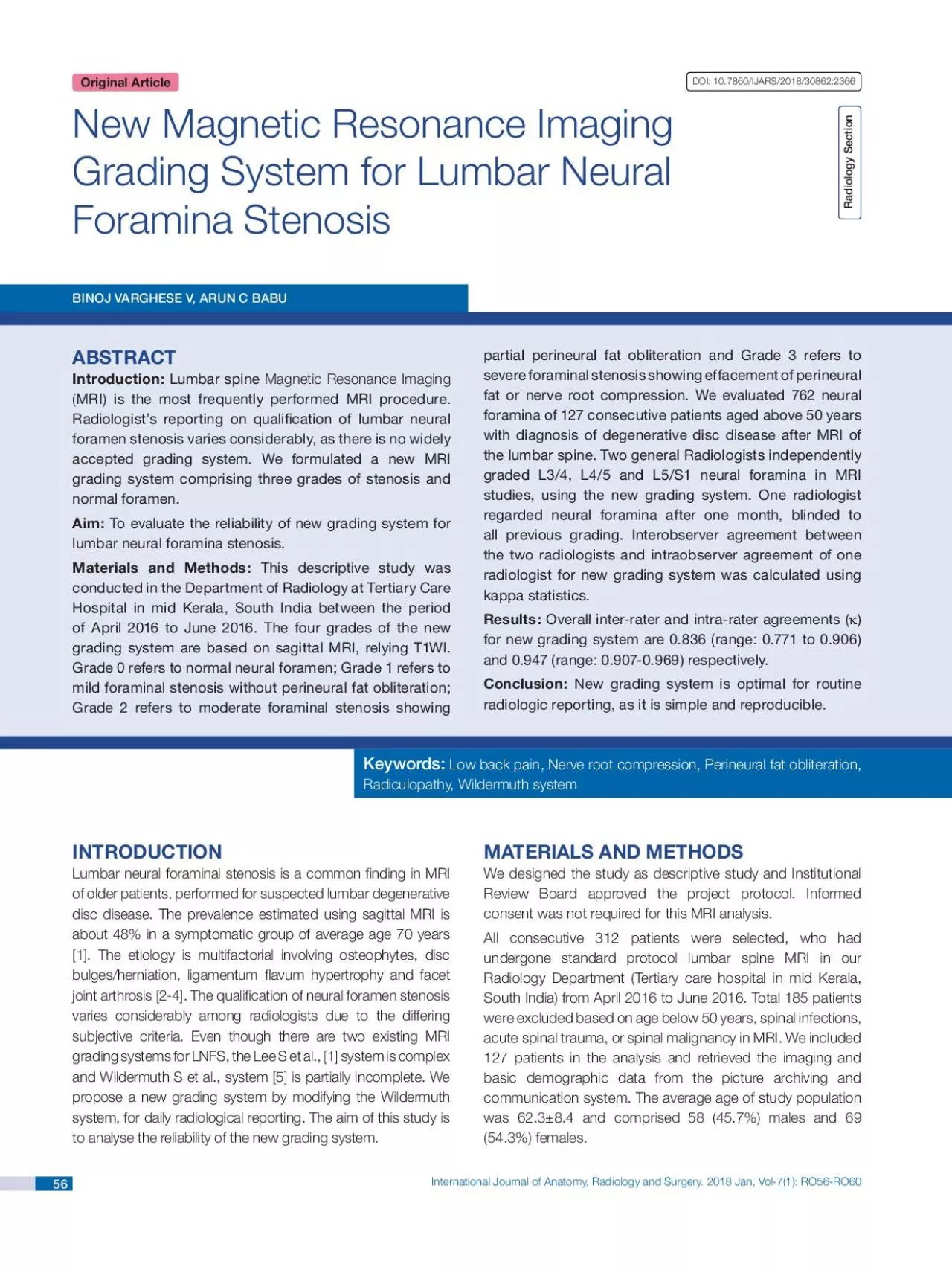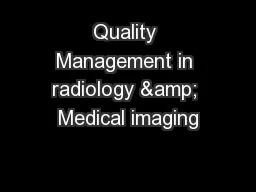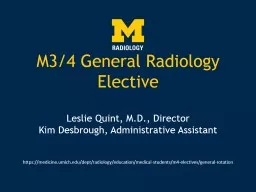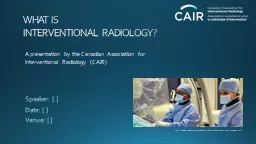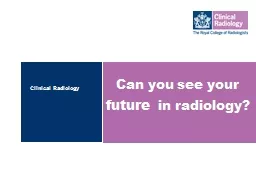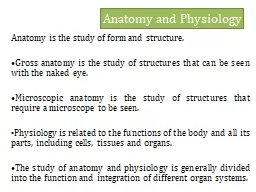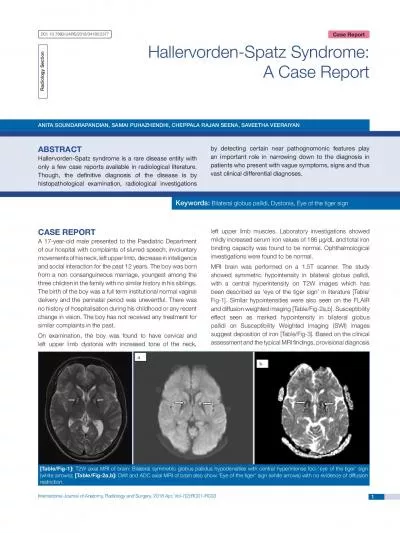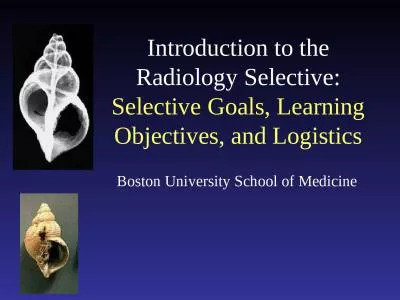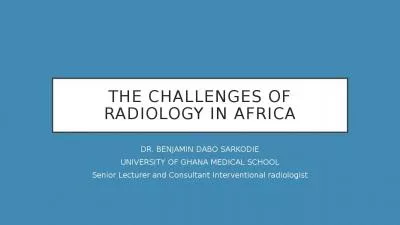PDF-International Journal of Anatomy Radiology and Surgery 2018 Jan Vol
Author : leah | Published Date : 2022-09-22
56 Original Article DOI 107860IJARS2018308622366 ABSTRACT Introduction Lumbar spine Magnetic Resonance Imaging MRI is the most frequently performed MRI procedure
Presentation Embed Code
Download Presentation
Download Presentation The PPT/PDF document "International Journal of Anatomy Radiolo..." is the property of its rightful owner. Permission is granted to download and print the materials on this website for personal, non-commercial use only, and to display it on your personal computer provided you do not modify the materials and that you retain all copyright notices contained in the materials. By downloading content from our website, you accept the terms of this agreement.
International Journal of Anatomy Radiology and Surgery 2018 Jan Vol: Transcript
Download Rules Of Document
"International Journal of Anatomy Radiology and Surgery 2018 Jan Vol"The content belongs to its owner. You may download and print it for personal use, without modification, and keep all copyright notices. By downloading, you agree to these terms.
Related Documents

